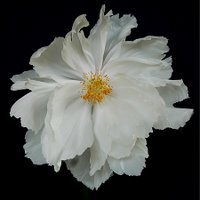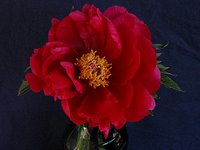
For several weeks, huge earthmoving machines have been clearing land adjacent to Caalang Creek, in Robertson. I was sufficiently concerned that no silt fences were being used to keep soil from being washed into the Creek, that I personally rang Councillor Larry Whipper, to report what appeared to be inappropriate clearing, with no erosion control. Larry said he would get the Environment Inspectors to check it out immediately. That was at least 4 weeks ago.
When I employed an earth-mover to do a small amount of earth-moving to build a single house, 400 metres from a waterway, I was required to use silt fences. In this case, the creek bank itself was being remodelled to suit developers plans, with not a sign of erosion controls. In fact, soil and mulch was being dumped directly into the creek. Incredible.
One law for the rich and powerful developers and another for the little guy?
*****
Anyway, this morning I got a call from one of our REPS stalwarts, asking if I could go over to Caalang Creek, as an observer, as there was to be a Council inspection.

When I got there, several of Wingecarribee Shire Council's Engineering staff were present, overlooking a wasteland, where the creek bed itself had been remodelled, and rechannelled.
I was stunned.
Don't developers have to follow any rules at all? After all, this is Council land, not private land. A representative from the SCA was also present - looking on in a bewildered manner.
I was advised by the Council's senior representative on site: "They haven't done it very well - that's why we're here - to get them to fix it".
That seems like an understatement to me.
*****
I commented that it is just as well we haven't had five inches of rain on top of this. I got a straight answer from the Engineer - "Oh, I went on the Internet and there isn't any rain coming."
What about next week? Or next month? This bald scar is likely to stay like this for months. Eventually it will rain, and rain heavily. The creek bed was originally fully sealed with plants, before this was allowed to happen. Now it is an erosion-hazard, a threat to the environment of all water-living organisms downstream.
*****
It is apparent that the Council knew in advance that the developer was going to re-shape the creek bed. And they permitted it? It is a disgrace.
It is not private property. It is Council Land. It might even have been a Reserve (I do not know).
*****
The original creek bed has been dug up.
The grasses, rushes and other water plants have gone.
The frogs will have been killed.
The stream is now susceptible to erosion, threatening the water quality of the stream down-river from here, right through the main area of Robertson.
Amazing. Irresponsible.
Above all, it is bad governance by our Local Government Authority - the Wingecarribee Shire Council.
The developer and Council ought all be ashamed of themselves.
*****
Incidentally, there is still not a single silt fence in evidence on the cleared land further back from the creek, let alone from this prepostrous interference in the bed of the creek itself.
*****
 Today, The NSW Attorney-General and Minister for the Environment, Mr Bob Debus has announced that he will resign at the next NSW State election.
Today, The NSW Attorney-General and Minister for the Environment, Mr Bob Debus has announced that he will resign at the next NSW State election.




















































